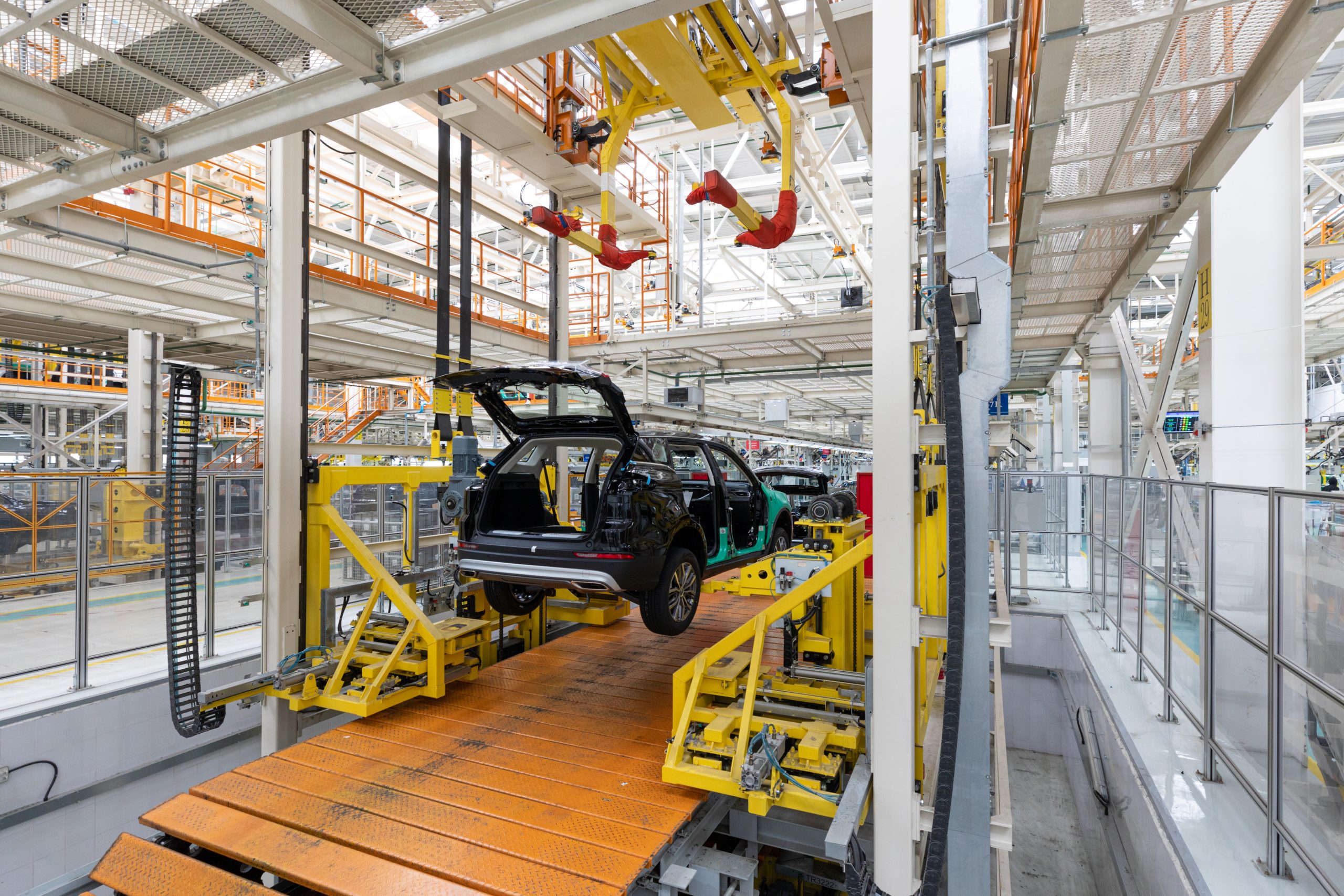
Malaysia’s automotive sector is on the rise. With local and international brands increasing their manufacturing capacity, assembly lines are evolving rapidly. But here’s something I’ve noticed while working with clients in the field: productivity and safety in automotive assembly depends heavily on the right crane system.
What’s the best crane systems for automotive assembly lines in Malaysia—the ones I personally recommend to clients when they’re looking to scale up or optimize.
1. Overhead Crane Systems
If your plant layout is fixed and your production is high-volume, overhead cranes are a no-brainer. These are the workhorses of automotive assembly, especially when dealing with engine blocks, sub-frames, and large body components.
Why it works:
-
Provides full coverage across the production floor
-
Minimal ground obstruction
-
Available in single- or double-girder formats for different load needs
Best use case: Chassis handling, body transfer between stations, heavy part movement
2. Jib Cranes for Targeted Lifting
For more localized lifting—say, lifting seats into vehicles or installing dashboards—jib cranes offer compact, affordable versatility. I love recommending them to clients with dedicated workstations or assembly cells.
Why I recommend it:
-
Quick, targeted lifting in specific zones
-
Wall-mounted or floor-mounted based on your layout
-
Reduces strain on workers in repetitive motion tasks
Best use case: Engine bay workstations, dashboard or seat installations, side panel handling
3. Gantry Cranes for Flexible Assembly Cells
For plants that require flexibility—maybe you reconfigure your lines often or work with contract manufacturing—a gantry crane is a smart bet. These mobile systems can be adjusted or relocated based on project needs.
Why it fits automotive plants:
-
Easy to move and adapt with line changes
-
Suitable for medium-load components
-
Ideal when you can’t install overhead systems due to ceiling limits
Best use case: Powertrain transfer, component prep zones, custom or prototype lines
4. Workstation Crane Systems for High-Speed, Repetitive Tasks
This one’s often overlooked, but for tasks that require speed and precision, especially in high-volume areas, a workstation crane with an integrated rail system can make a huge impact.
Why it’s ideal:
-
Increases efficiency in repetitive pick-and-place tasks
-
Modular and scalable
-
Works beautifully with electric chain hoists for fine-tuned control
Best use case: Parts bin movement, windshield installation, wiring harness assembly
5. Customized Hybrid Systems
Honestly, no two automotive plants are the same. Many of our clients require custom hybrid crane systems—blending overhead cranes, jib arms, and motorized trolleys to meet specific flow needs.
Why I recommend hybrid systems:
-
Tailored to specific production demands
-
Scales with your expansion plans
-
Improves ergonomics and safety by matching crane type to the task
Best use case: Multi-shift assembly lines, new factory builds, lean manufacturing environments
Disclaimer Statement
We hope you found this article informative. Our content is intended for general informational purposes only and does not constitute advice or necessarily reflect the full range of services offered by Power Tiek Sdn Bhd
Readers are advised to consult with a qualified industry professional and contact our experts for crane recommendations specific to their individual project needs. While we strive for accuracy and completeness in our blog posts, we cannot guarantee they are error-free. Power Tiek Sdn Bhd assumes no responsibility for any errors or omissions.

